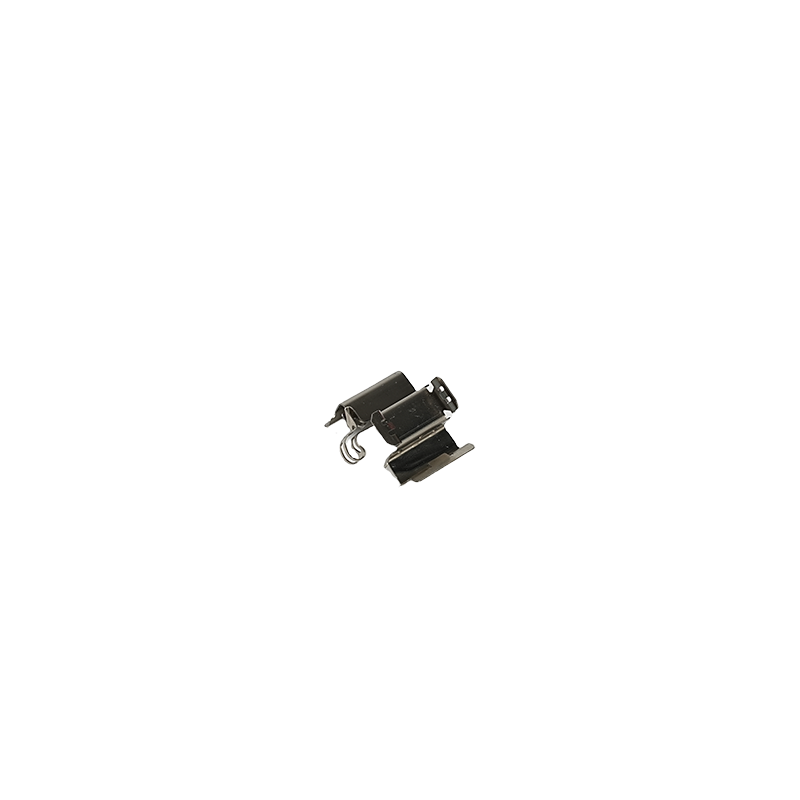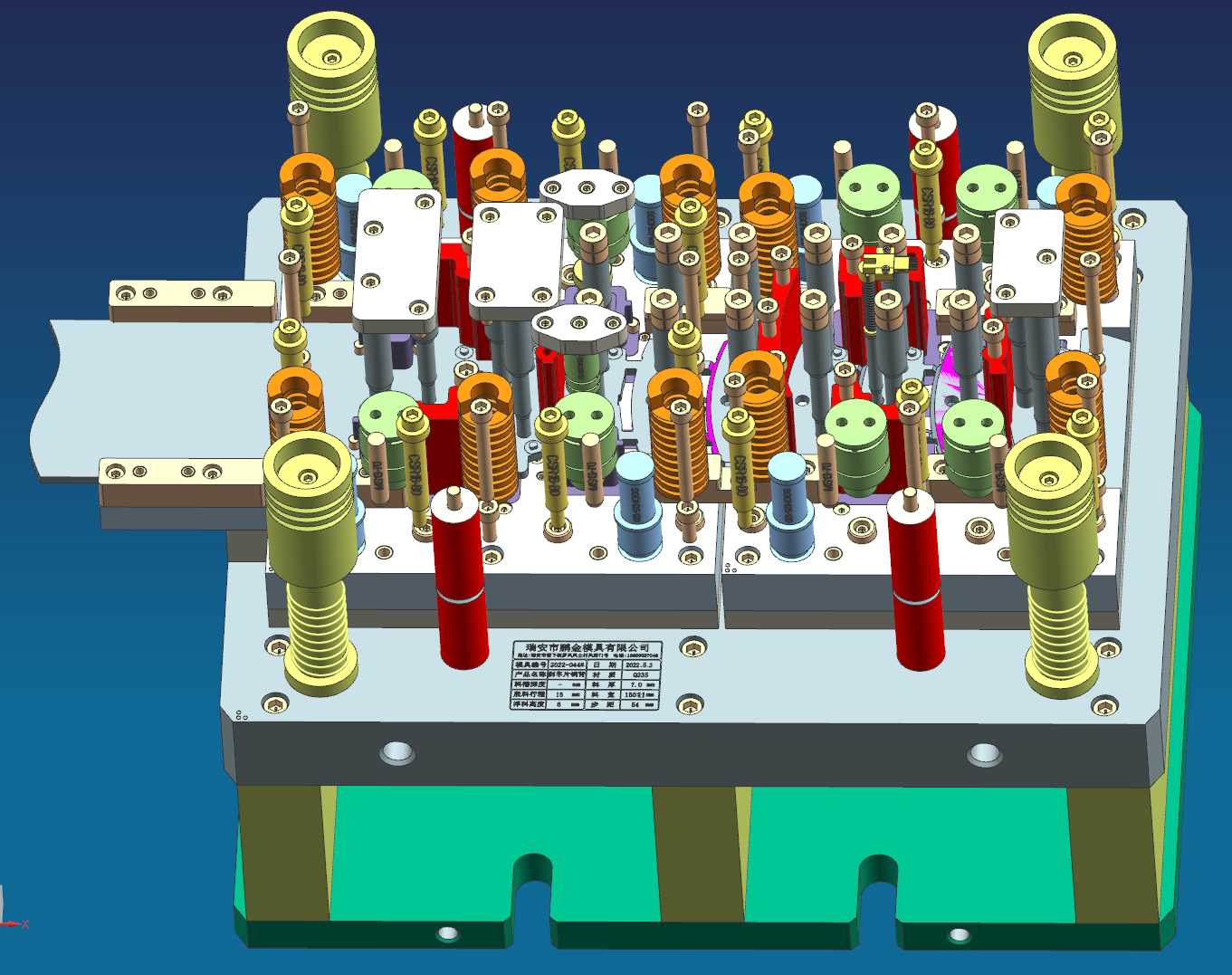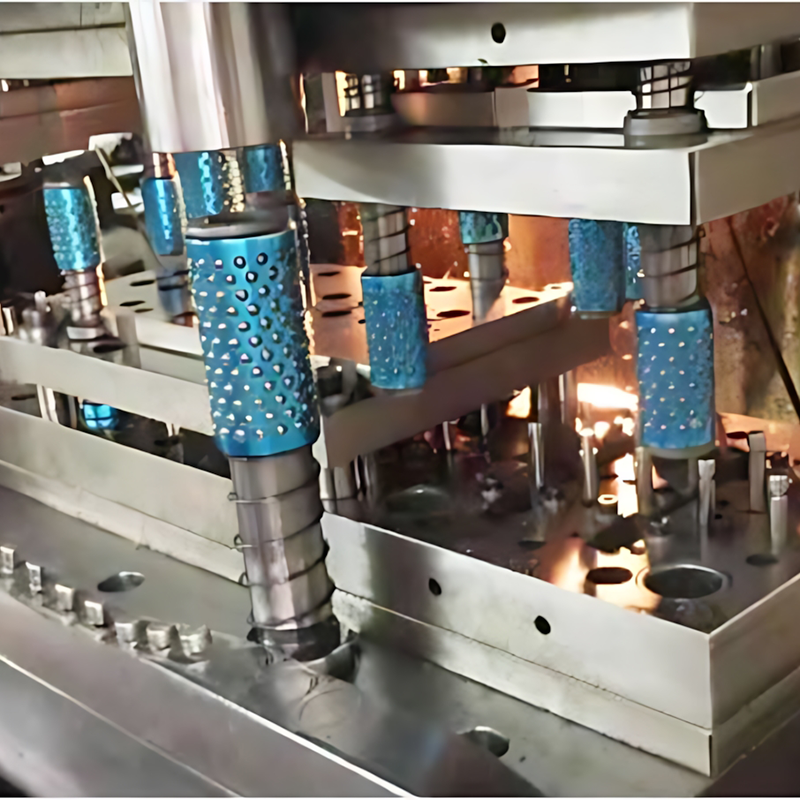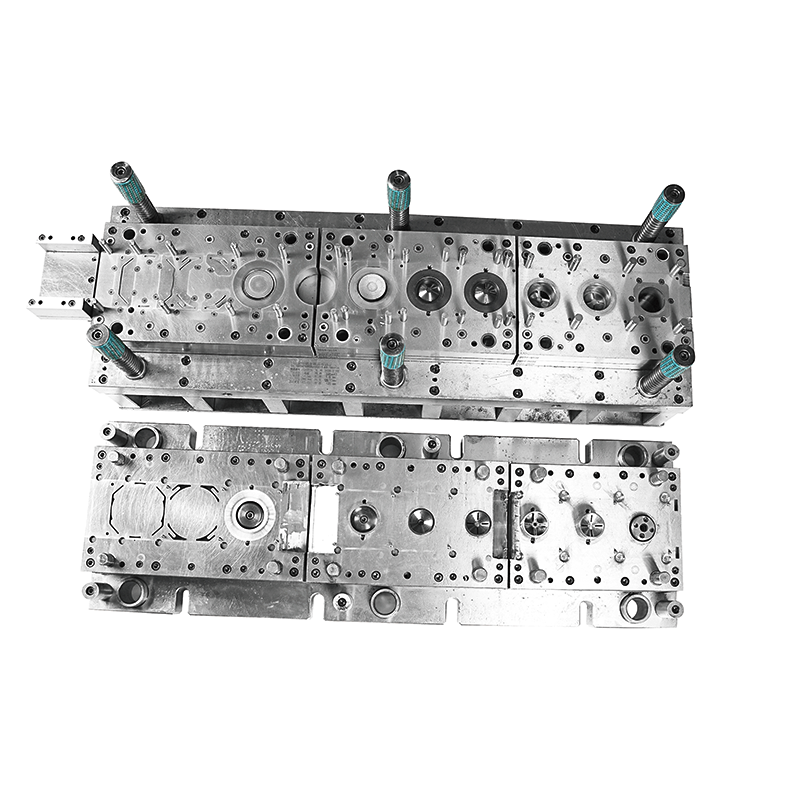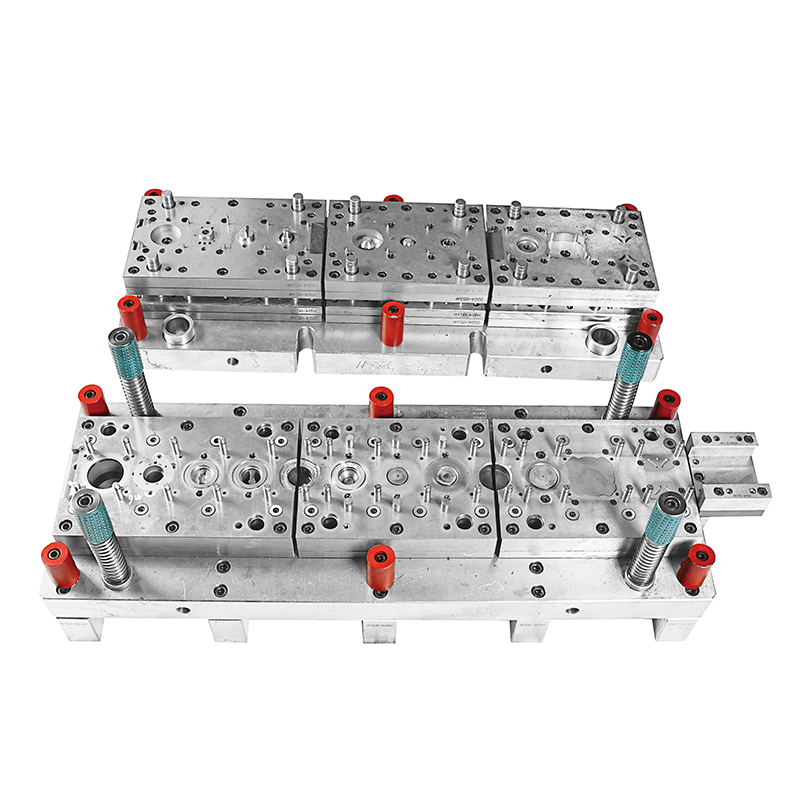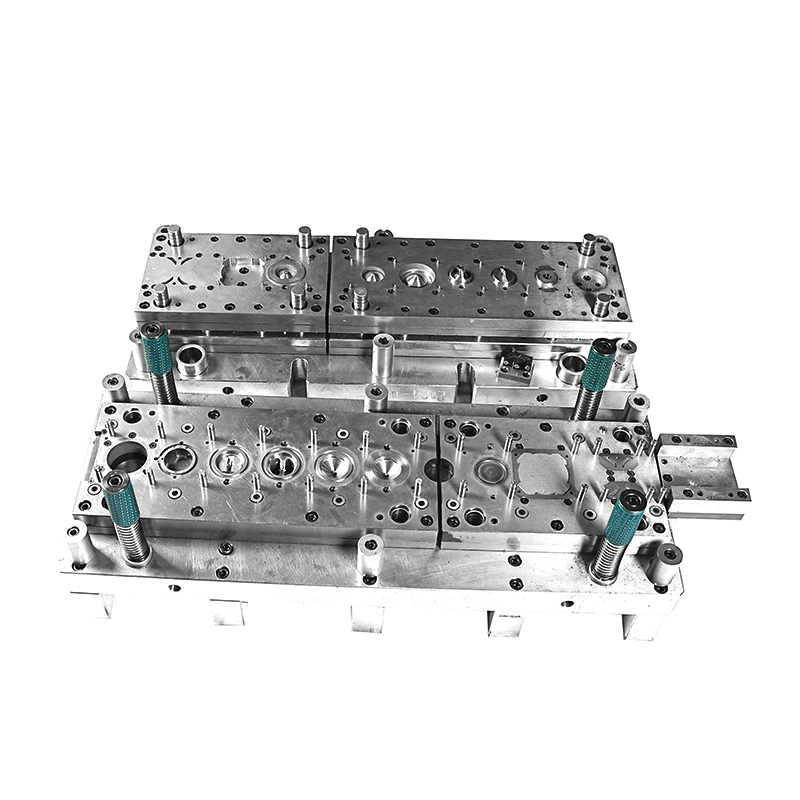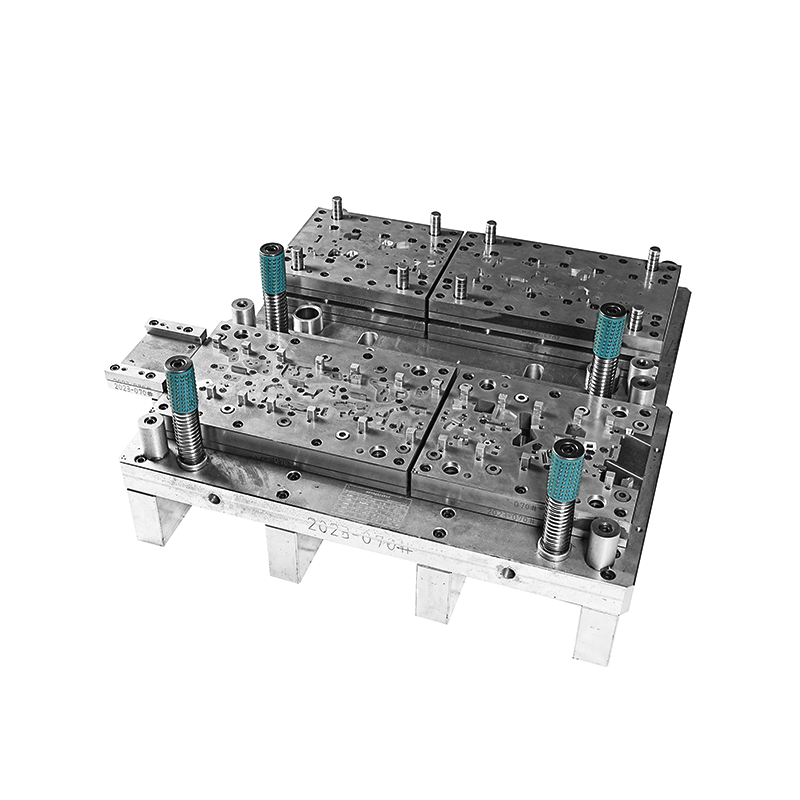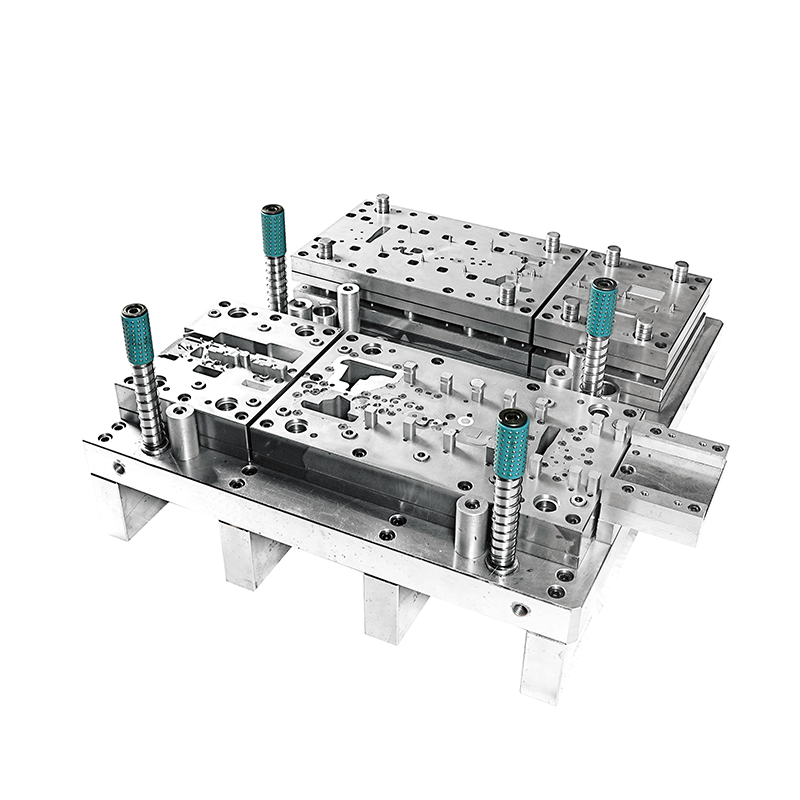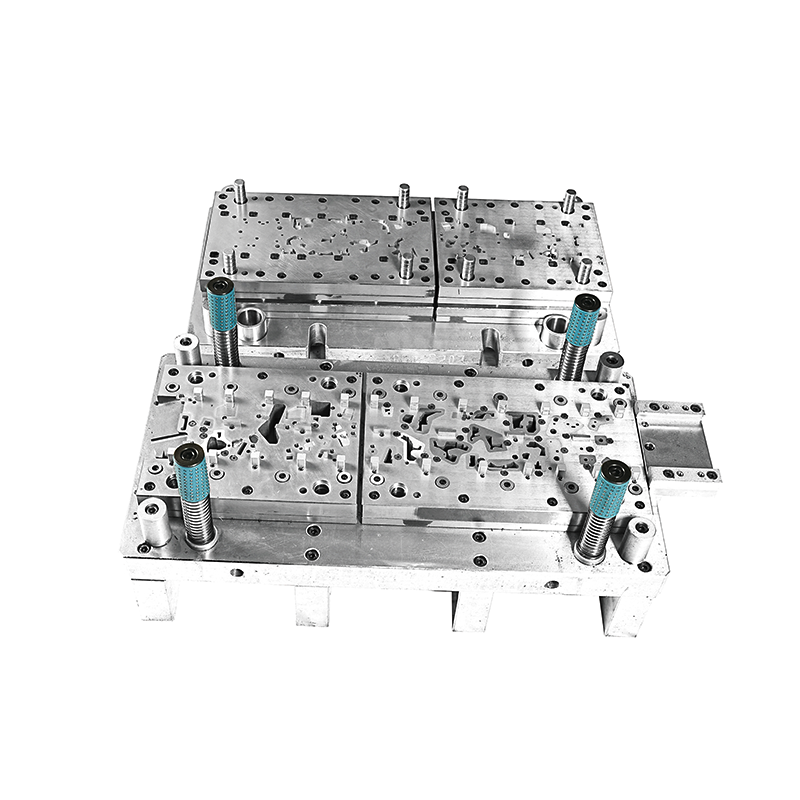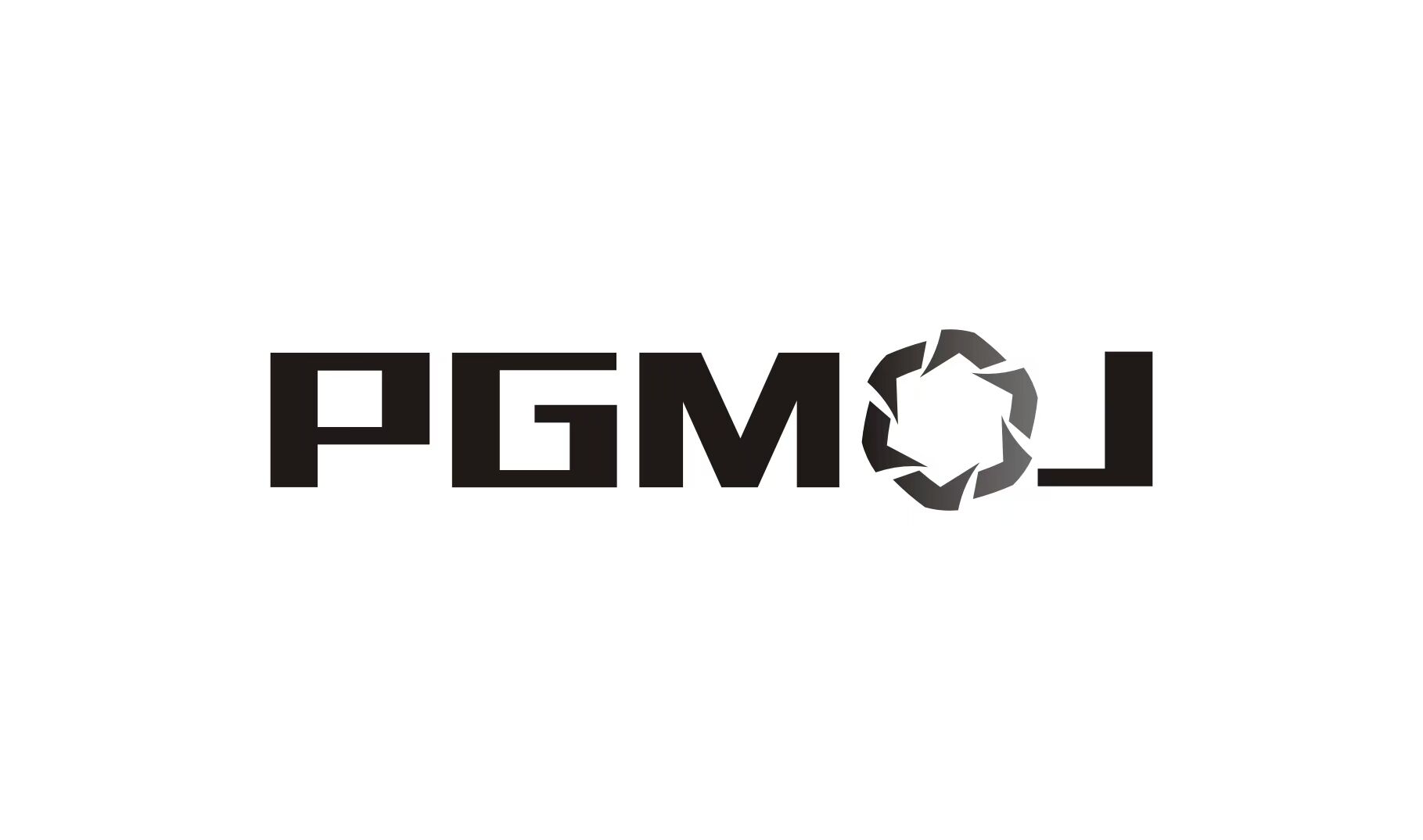Description
Brake stamping parts are various metal parts made by stamping process in the brake system of vehicles such as automobiles and motorcycles, which play a key role in ensuring the braking performance of vehicles.
Features
High strength and wear resistance: Brake stamping parts need to withstand huge friction and impact forces during vehicle braking, so they must have sufficient strength and hardness to ensure that they will not be deformed or damaged under frequent braking operations. At the same time, in order to ensure good braking performance and long service life, brake parts also need to have excellent wear resistance and be able to maintain a stable friction coefficient during long-term use.
Good heat dissipation: A large amount of heat will be generated during the braking process. If it cannot be dissipated in time, it will cause the temperature of the brake system to be too high, thereby reducing the braking performance and even causing safety accidents. Therefore, many brake stamping parts are designed with special heat dissipation structures, such as ventilation holes and heat dissipation grooves on the brake disc. These structures are formed by stamping process, which can effectively increase the heat dissipation area and improve the heat dissipation efficiency.
High precision and good dimensional stability: The dimensional accuracy and shape and position tolerance requirements of brake stamping parts are very strict to ensure precise matching with other parts of the brake system. For example, the flatness and thickness tolerance of the brake disc and the diameter accuracy of the brake caliper piston hole all directly affect the performance and reliability of the brake system. During the manufacturing process, the stamping process can ensure that the parts have high dimensional accuracy and good dimensional stability to meet the assembly requirements of the brake system.
Material
Cast iron: It is a common material for manufacturing brake discs and brake drums. It has the advantages of high strength, good wear resistance, strong thermal stability and low cost. The graphite component in cast iron helps to improve the wear resistance and self-lubrication of the material. At the same time, the good thermal conductivity of cast iron is also conducive to the heat dissipation during braking.
Aluminum alloy: Due to its light weight and high strength, aluminum alloy is widely used in the manufacture of brake calipers and other parts. The use of aluminum alloy materials can effectively reduce the unsprung mass of the vehicle and improve the vehicle's handling performance and fuel economy. In addition, aluminum alloy has good corrosion resistance and can adapt to various harsh use environments.
Steel: Some brake stamping parts with high strength and hardness requirements, such as the metal back plate of the brake shoe and the caliper bracket, are usually made of high-strength steel. After proper heat treatment, steel can obtain good strength, toughness and wear resistance, which can meet the use requirements of the brake system under different working conditions.
Manufacturing process
Stamping: According to the design drawings of brake stamping parts, the corresponding stamping die is manufactured. The metal sheet or coil is fed into the stamping machine, and pressure is applied to the sheet through the die to make it plastically deformed to obtain the required shape and size. The stamping process may include punching, blanking, bending, stretching and other processes. For example, when manufacturing a brake disc, the shape of the disc is first punched out through the blanking process, and then the mounting holes and heat dissipation holes are processed through the punching process. Finally, the edge of the brake disc is processed by stretching or spinning process to increase its strength and stability.
Surface treatment: In order to improve the corrosion resistance, wear resistance and appearance quality of brake stamping parts, surface treatment is usually required. Common surface treatment methods include electroplating, spraying, phosphating, etc. Electroplating can coat the surface of parts with a layer of metal, such as zinc, nickel, etc., to improve its corrosion resistance; spraying can form an organic coating on the surface of parts to protect and decorate; phosphating can form a phosphate protective film on the metal surface to improve its wear resistance and corrosion resistance, and also facilitate subsequent painting or lubrication treatment.
Applications
The main types are: brake discs, brake shoes, brake calipers, etc., widely used in automobiles, motorcycles, industrial machinery and other fields
FAQ
Q: Are you a factory or trading company?
A: We are a factory which has been producing metal stamping parts for more than 15 years.
Q: What are your main products?
A: we are a mould company mainly engaged in the development, design, manufacturing and sales of moulds, such as automotive parts, motorcycle parts, hardware parts, electrical parts and other mould production and product stamping ect.
Q: What is surface treatment do you have?
A: Dacromet, powder coating, zinc plating, nickel plating, tin plating, copper plating, silver plating, gold plating, anodizing, salt spray test, etc. As we focus on stamping tools and metal stamping parts, the surface treatment is done through suppliers.
Q: Can I get samples?
A: Yes, sample order can be used for quality inspection and market testing, and freight will be collected. If it is a simple sample, we will not charge; if it is an OEM/ODM sample, we will charge sample fees.
Q: What is the minimum order quantity?
A: When there is stock, the minimum order quantity is 1000 pieces.
Q: When is the delivery time?
A: The stamping die manufacturing cycle is 20-50 days, and standard stamping parts can be delivered 3 to 10 days after payment. If it is OEM or making molds, we will confirm the delivery time with you.
Q: What are your payment terms?
A: We recommend a 50% T/T deposit and the balance paid before shipment.sample cost.
Q: Do you accept OEM/ODM?
A: Yes. We have more than 15 years of OEM/ODM experience.

